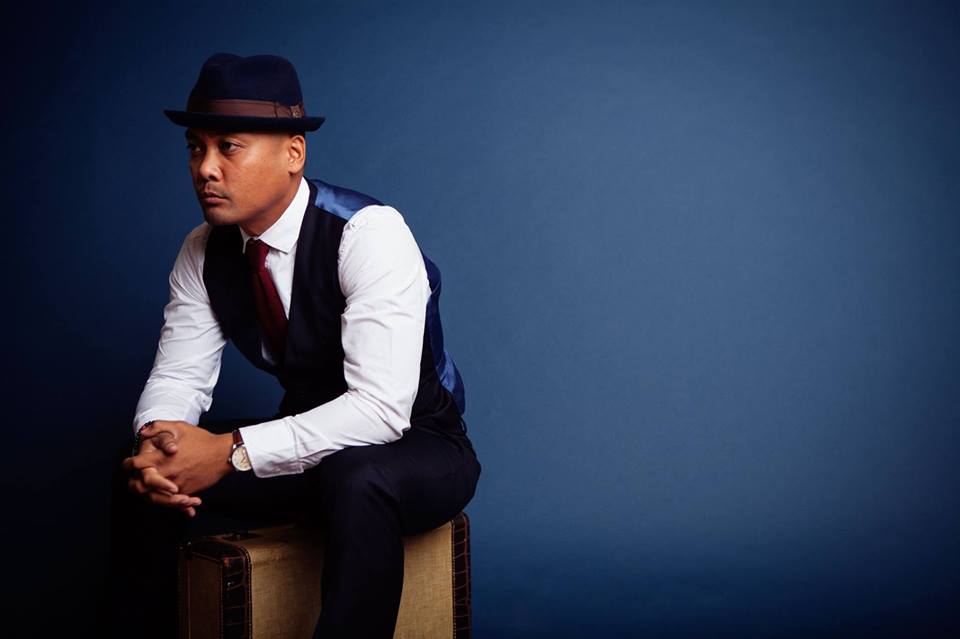Manong Style: Racism, Assimilation, and an interview with, Greg Manalo!
In American society in the early 1900’s, the dress code was strictly prescribed. Besides dressing for women, the greatest incentive for the manongs to dress up was to feel a sense of belonging and to alleviate the general public’s sentiment of disgust and fear of these foreign brown men. During this time, xenophobia was rampant, and any immigrants had to do their best to assimilate and blend in. There were proper ways of dressing for different occasions or situations. Suits and dresses for work, church and even airports. No white shoes after labor day, no hats for men in doors, etc. They not only adapted according to society, but as white society discriminated against their brown skin and broad noses, the manongs tried to find commonality through the clothes they wear. It’s not much different from immigrants’ experience of assimilating today.
Photo by Veanne Cao @veanne
What were some of your style inspirations growing up, and now?
Photo by Kevin Chin @kevinchinphotog
Growing up most of my style inspirations came from different subcultures - martial arts, skateboarding, and Hip Hop. I watched a lot of kung-fu flicks in my childhood but the icon to rule them all was Bruce Lee. It wasn't necessarily what he wore but how he carried himself so assuredly with grace and wit. He exuded confidence and style on and off the screen. Skateboarding is a culture that accepts you for who you are and encourages originality and style. Skating was big on graphic tees, stylish shoes, and having fun with friends. It's punk rock, it's Hip Hop, it's weird, it's outcast. Through all its trends what remains is individuality and self-expression. Hip Hop is another culture that values originality and individualism. Nowadays, the stereotypical perception of Hip Hop style is bling-bling and designer names and while, yes, it's that but it's also white tees and blue jeans, jerseys, workboots, headwraps and dashikis. What I take away from all these subcultures is, do the best with what you've got. And since I didn't have much, I learned how to be stylish and original on a budget.
“My appreciation for suits brings me back to my father. He immigrated here as a tailor and had worked for all the major names in SF like Levi’s and Nordstrom, and eventually opened up his own shop, Arvi’s. ”
Photo by Melissa de Mata @melissademataphoto
Now that I'm well into my adult years my style tastes have changed. I still identify with the various subcultures but now I'm more into American heritage workwear, vintage collegiate, and Italian Neapolitan suiting and general sprezzatura. My appreciation for suits brings me back to my father. He immigrated here as a tailor and had worked for all the major names in SF like Levi's and Nordstrom, and eventually opened up his own shop, Arvi's. He combined my mother and his name together. Arcadio + Virginia = ArVi's. He passed away before I could really appreciate his craft and learn from him. But I think it's cool that I get to reconnect with him and appreciate him via his craft after all these years.
Photo by Gregory S. Manalo @Manalopictures
How does this compare to the style of your peers/other young men?
I think many young men in my generation were influenced by the subcultures I talked about too but the general style here in the Bay Area is pretty lax compared to places like LA or NY. It's all about the dress down culture here mainly due to the tech industry.
“They wore their dignity, self-respect, resiliency, perseverance, and sacrifice. These traits they put on and never took off. Much more impressive than any garment, accessory or accouterment combined.”
Photo by Ezra Miranda
What do you admire most about the style of the Manongs?
Firstly, what I admire most about the Manongs style is how they wore their dignity, self-respect, resiliency, perseverance, and sacrifice. These traits they put on and never took off. Much more impressive than any garment, accessory or accouterment combined. Indeed "the man makes the clothes". Secondarily, of course, the Manongs suit game is to be admired! So much swagger!
We understand that historically, we see a lot of these photos of the Manongs in suits because it was their way of sending photos to their family to show how "successful" they were in America. What might the attitude of a Manong have been in expressing his style?
Photo by Ezra Miranda
The first thing that comes to mind is that we Filipinos are great at adapting to our environment and blending in. Adapting means survival. Suits were common during this time in America and Filipinos were already familiar with American culture so the adaptation was quick. At the same time, I think they were motivated by what any hetero male bachelor would be motivated by - women. So slick suits, smooth dance moves, and charming conversation were the disarming techniques they had to acquire to navigate the social scene.
Do young Filipino men wear suits like this anymore?
No, of course not. Well, most don't anyway but I do on occasion. I think culture has a lot to do with how people dress. Also, the region influences how young men dress as well. Currently, the '90s are back so that's a thing.
A large part of the look goes along with knowing how to dance (taxi dance halls), and being able to gently romance a young woman through movement and touch. Do most young Filipino men partake in this?
Photo by Gregory S. Manalo @manalopictures
I think proper courtship, in general, is a lost art now. For better or worse Hip Hop culture is pop culture. While taxi dance halls were quite the rough and tumble place at least there was some sort of protocol to prospecting even if it was just for a 3-minute dance. You go to a Hip Hop club and guys are either parked by the wall holding their drink trying to look cool or grabbing elbows and ass grunting a poor excuse of a conversation opener. Don't get me wrong - not all Hip Hop functions are like this. Most successful interactions have a back-and-forth of witty comments, compliments, and questions. A simple two-step and finger snapping ensue. Young Filipino men are pursuing young women for sure, it just looks different compared to what it was like back in '20s and '30s. Rites of passage and rituals will always be a part of life. And the ritual of dance, music, courtship will always remain.
Gregory S. Manalo is a menswear enthusiast, performing artist, and eskrimador originally from the Bay Area. He currently works for TechCrunch.com and Manalo Pictures as a video producer and photographer.







